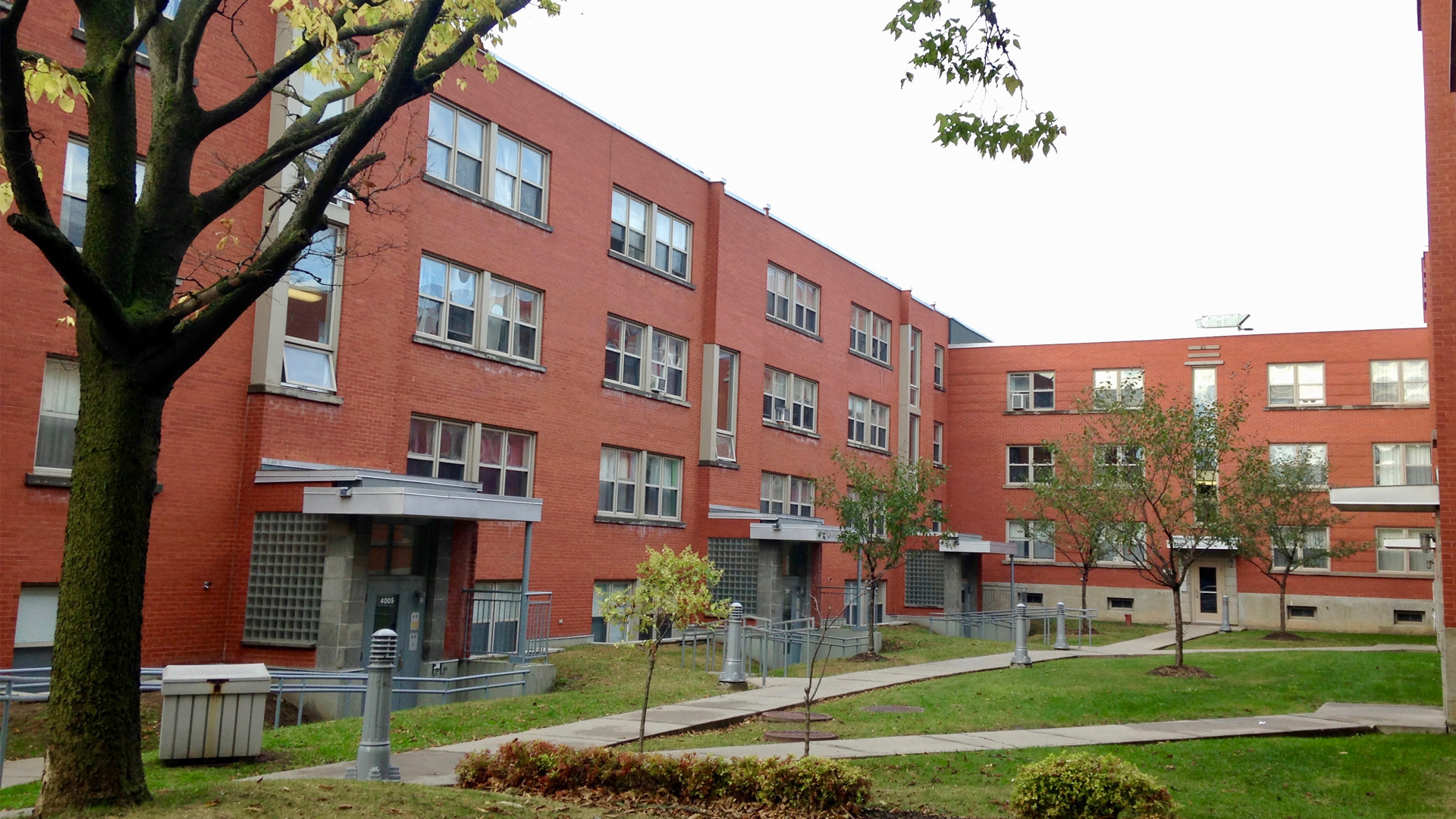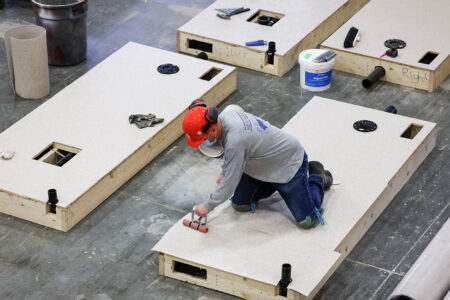
While buildings generate as much as 25 per cent of the world’s carbon emissions, it is also estimated that new construction is responsible for at least 40 per cent of the raw materials consumed in North America. Constructing new low-carbon “green” buildings is no longer seen as the fastest path to mitigating climate change. Instead, the most accelerated strategies for decarbonization of the built environment focus on retrofits to existing buildings, which can achieve as much as a 70 per cent reduction in energy use. As former American Institute of Architects president Carl Elefante has argued, “the greenest building is one that is already built.” This necessitates making sure the building performs as well as it can, reducing its carbon emissions from operations, but also addressing the impact of consuming and wasting materials in making efficiency improvements. Although often small in scale and mainly focused on the residential sector, governments across Canada are reintroducing incentives to retrofit. Existing policies from municipal demolition bylaws to provincial building codes will also need to be adapted to reduce the waste associated with retrofits.
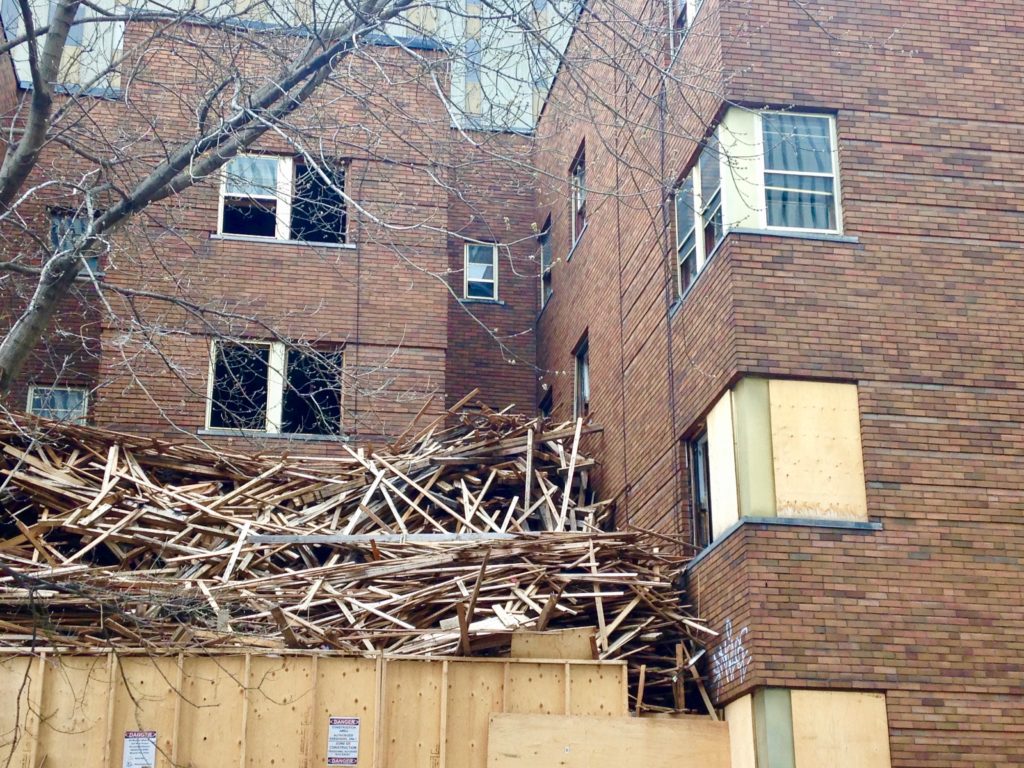
To begin with, incentives and impediments to demolition are needed to focus society on existing buildings. The European Union’s new green deal is promoting a “renovation wave” and U.K. architects are now arguing for a presumption in favour of refurbishment to be part of national planning policy. Canada still has no national legislation to prevent the demolition of even the most highly valued buildings, so provincial planning regulations and construction permits are key.
In Ontario, what little protection that exists for existing buildings through the Ontario Heritage Act is being undermined by new laws and regulations and ministerial zoning orders intended to open the province to more new construction. Furthermore, heritage designations affect only a tiny percentage of existing buildings and are often resisted by owners wishing to demolish those buildings and rebuild on their properties. Broader planning frameworks for all buildings are thus needed that require demolition to be examined through rigorous analysis, including socio-cultural, economic and environmental impacts. In the development context, disincentives – such as taxes correlated to the carbon production of new materials and corresponding tipping fees at landfill sites – may be a greater force to rethink the need for new construction. Distinct incentives for larger buildings and property owners are needed to scale up these strategies.
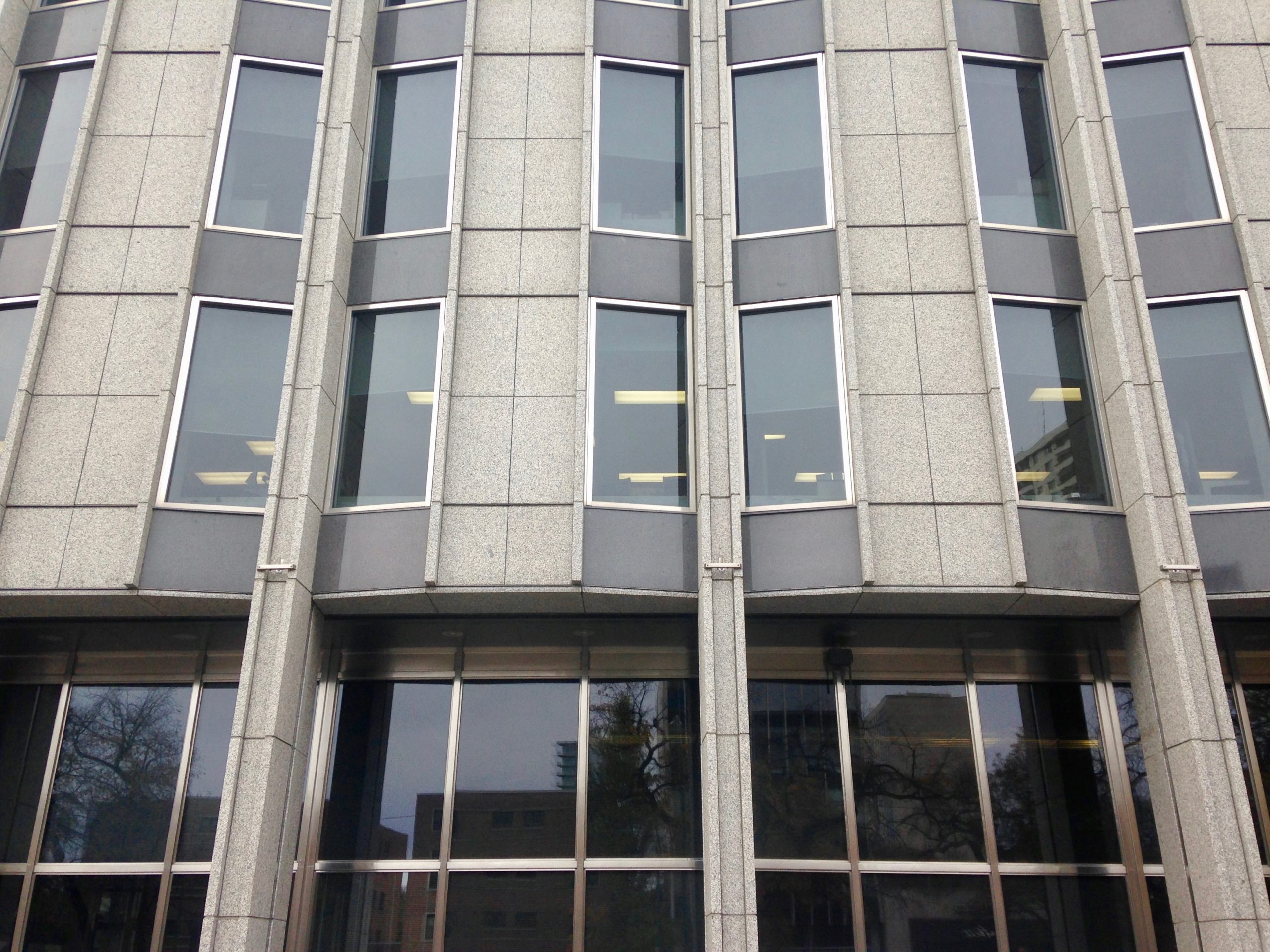
For the retrofitting of Canada’s built environment to be an effective environmental strategy, we must be aware of any unintended consequences. These can include wasting materials being removed during renovation, using new non-renewable resources in elements being added and potentially destroying the character and cultural importance of historic urban places. The materials embedded in our existing buildings are also an environmental legacy, usually best kept in operating buildings, but when that is not possible, they should be reclaimed for reuse to ensure their ongoing contribution to a circular economy The circular economy is based on the “principles of designing out waste and pollution, keeping products and materials in use, and regenerating natural systems.”
Construction materials from renovations can account for as much as 60 per cent of total construction demolition and renovation waste. Older buildings are demolished when their sites become desirable for new development, not because their structure or materials are no longer useful. It is estimated that at least 70 per cent of materials can be reclaimed. As for the new materials used to implement more- efficient building systems or exterior cladding, the metals, glass, insulation and other materials each have their own significant impact on the environment, from mining and extraction, to manufacturing and transportation. The long-term implications of carbon choices made in a retrofit are only now being discussed.
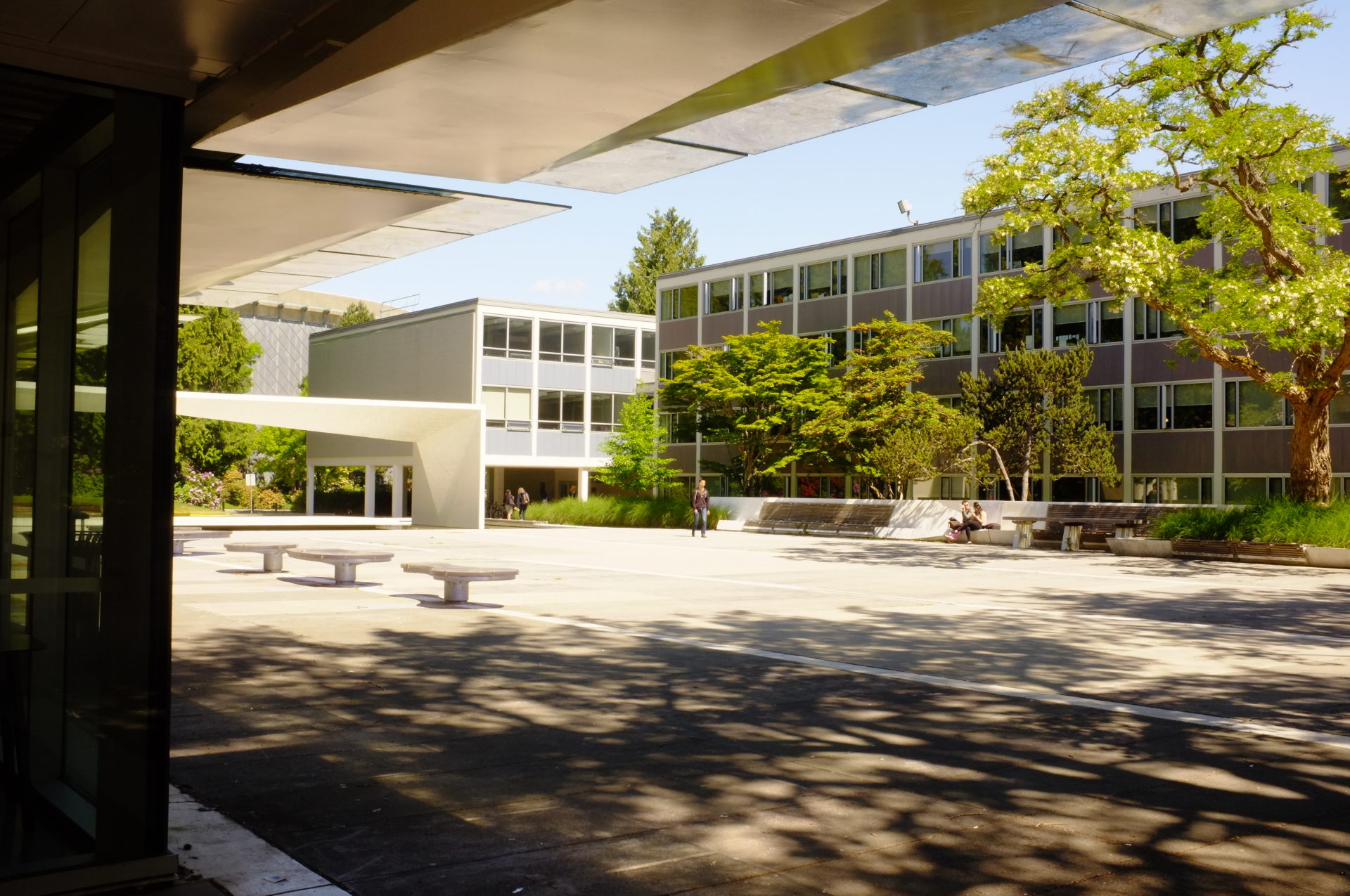
As part of a comprehensive regulatory context for the retrofits themselves, more support for the careful management of potential discards of building materials and other impacts is required. It is helpful to look at new types of policies emerging in response to development-driven demolition. This includes deconstruction bylaws that require buildings to be taken apart more carefully so that materials can be recovered, and correlated standards for deconstruction. The City of Vancouver was the first in Canada to try this with its green demolition bylaw, while the federal government has long pursued related requirements for its own properties.
One problem with these initiatives is that they are mainly aimed at landfill diversion and not at changes in design and construction practices to support the reuse of the materials. While helping develop the deconstruction industry, support is also required to store, to inventory and to reuse the materials reclaimed. Provinces like Quebec are introducing both new policies and programs to help support reclamation industries. However, much of the diverted building materials is recycled, which consumes energy and often reduces material values, particularly if it is then downcycled.
A more basic problem is with the retrofit paradigm, which has been tied to patterns of inefficient consumption and unequal access to resources. If framed by unregulated development, retrofit projects remain focused on economic growth and land development for profit. It is time to recognize unsustainable financial models of property redevelopment and land use that inevitably lead to cycles of obsolescence, devaluation and waste. We need a more-integrated suite of policies for how we manage decisions about existing buildings and materials. These will support the repair and maintenance, or careful stewardship, of what has already been built. In the long term, we can make the best use of our resources for the benefit of the planet and more people everywhere.

The concept of retrofit builds on the reuse, reduce and recycle actions that Canadians have become familiar with. Retrofit objectives might effectively be linked to more whole-building approaches that come from heritage conservation, which have been established through the Standards and Guidelines for the Conservation of Historic Places in Canada, a national handbook endorsed across all provinces and territories. This includes restoration, rehabilitation and preservation, with different impacts on materials use and reuse.
Restoration to a past state often involves removing layers of changes made over the years, and can involve salvage, but often it fills the dumpster and is now considered an impact-heavy intervention. Rehabilitation, which is more forward-looking, can mean everything from reinforcements to meet expanding energy code requirements to adding new features like a green roof. This approach has guidelines for the selection of compatible durable materials. Finally, preservation focuses on making sure we repair existing materials, thus resulting in both less waste and less use of new materials.
It is important to use this nuanced way of thinking when considering options for retrofitting. We should not automatically gut existing buildings or add tons of new materials. Instead, we should contribute to reinvesting in what we already have, through maintenance and repair.
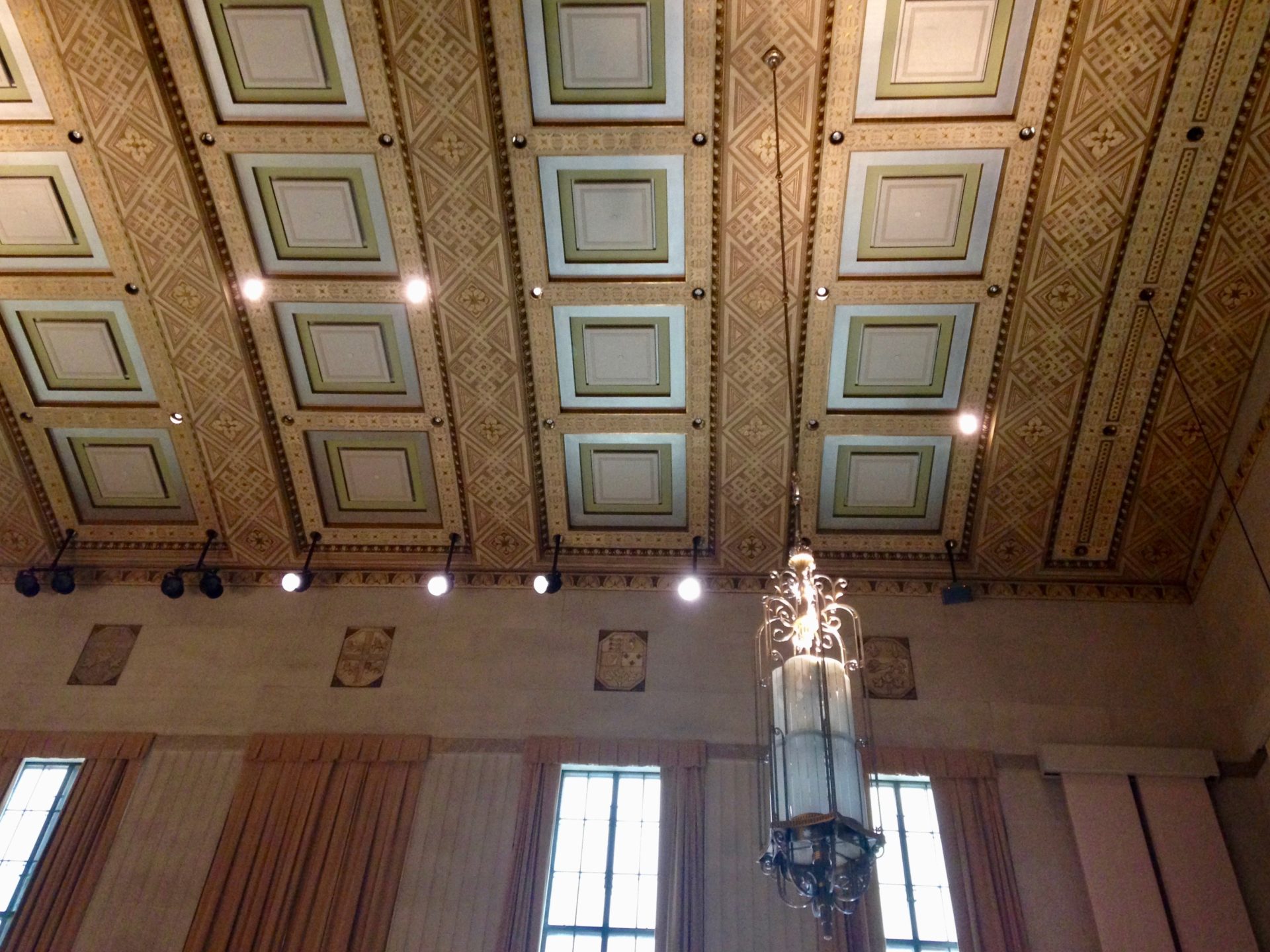
Adaptation to climate change will be as important as the mitigation efforts such as retrofits for energy efficiency. Research on how climate change is affecting our existing built environment suggests that the buildings and sites that are better-maintained will do much better. Maintenance should also be part of the retrofit equation, including upgrades to prolong the durability of existing materials and systems. Preparing Canada’s existing buildings to manage change by making them more resilient, should be ambitious and thorough, following pathways to decarbonization that demonstrate more complete thinking about all the environmental and cultural implications.
This article is part of the Reshaping Canada’s Cities After the Pandemic Shockwave special feature.




